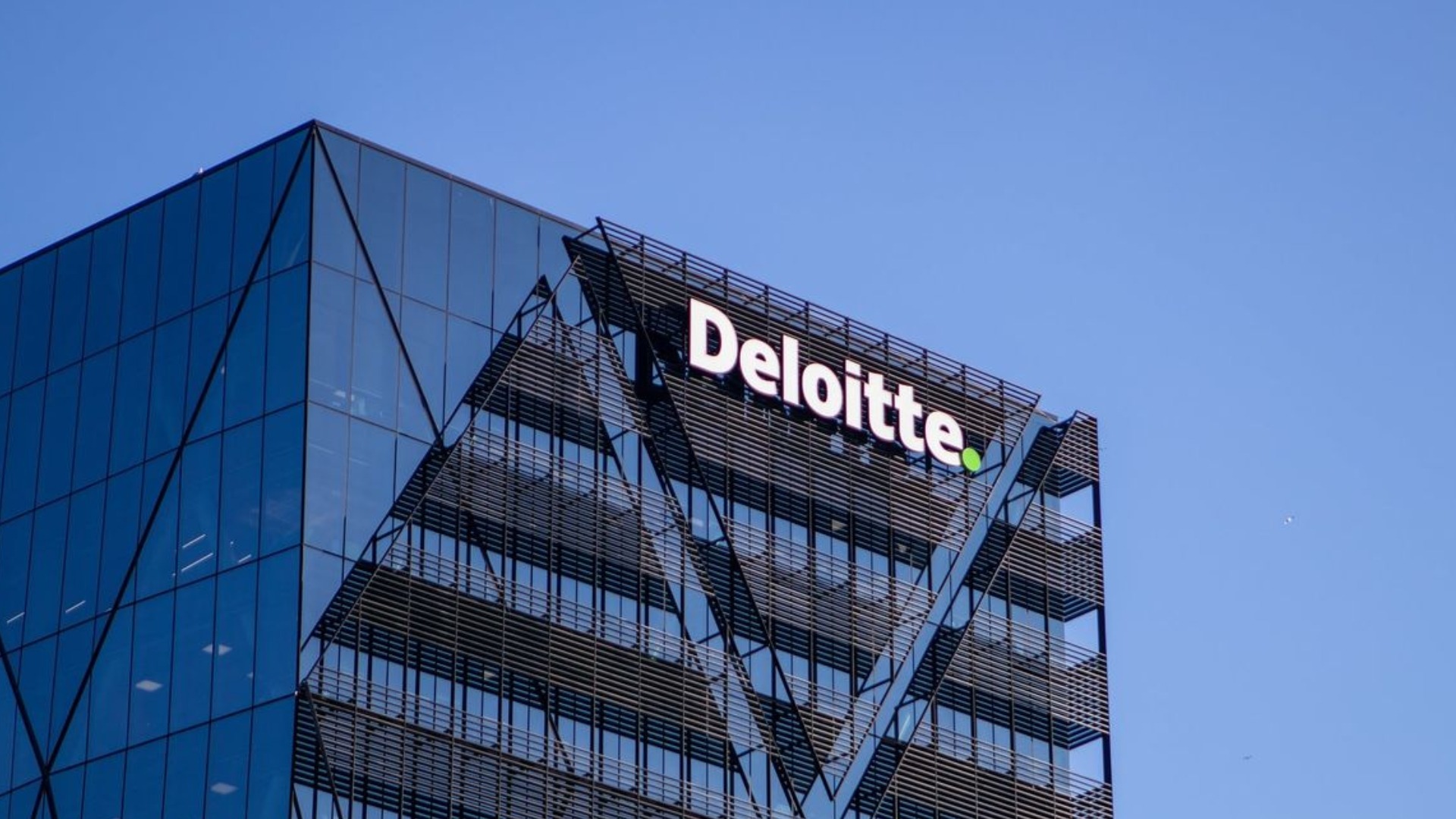India’s EV sector has seen a lot of innovation over the period, not just in the electric two-wheelers and cars that we are seeing these days. But the main source of power, batteries, or cells. While much of the industry relied on imported cells from China and South Korea, a handful of Indian startups dared to go deeper to build the cells themselves and make India truly self-reliant in clean mobility technology. Among them, one name stood out, which is Log9 Materials. Log9 has continued its operation for a decade, but it failed recently. But how did it sustain for a decade, and what are the reasons behind it failing? Let’s dive deeper and understand the story of Log9 Materials.
Log9 was founded in 2015, and it is not just another EV startup; it is a deep-tech venture trying to rewrite India’s energy landscape. After 2015, it earned massive respect and recognition, global partnerships, and funding. But despite having all that traction and potential, it failed. First let’s start with the founding story and then come back to the initial question. In 2015, a group of IIT alumni in Bengaluru set out on a mission to change India’s energy landscape and to make India self-reliant in advanced battery technology. Founders Akshay Singh and Kartikey Hariharan, both IIT Roorkee graduates, began with a simple but radical belief: India must not just assemble EVs; it must build the core, which is the cells themselves.
At the time, almost every EV sold in India used imported Chinese or Korean cells. That dependency not only affected costs but also exposed Indian manufacturers to global supply shocks. Log9 Materials wanted to change that by developing indigenous cell technology suited for India’s climate, terrain, and usage patterns. Their first big innovation was graphene, which is a wonder material that promised higher conductivity, faster charging, and longer life. Graphene-enhanced electrodes soon evolved into a bigger idea and into a fully India-made battery.
By 2018, Log9 Materials had begun experimenting with aluminum-air fuel cells, a technology that could, in theory, deliver up to 1,000 km of range. So, before the EV wave that we are witnessing, Log9 was actually innovating it on a different scale. Around 2020, as EV adoption in India began to accelerate, Log9 pivoted from pure materials research into full-scale battery manufacturing. The company’s most important move came when it decided to produce lithium-titanate oxide (LTO)-based batteries.
LTO cells were different and unique; they could charge within 15 minutes, last 10,000+ cycles, and perform well even in India’s extreme temperatures. Log9 branded them under the “RapidX” label and began selling to fleet operators, two-wheeler and three-wheeler manufacturers, and logistics startups. So, when such a great product was out there in the market, investors and competitors would definitely have a look at it. First, it attracted investors’ attention, and as a result, it attracted over ₹350 crore in funding across rounds from investors such as Sequoia’s Surge (now Peak XV), Amara Raja Batteries, and Petronas Ventures. Government bodies like the Department of Science & Technology and the Ministry of Heavy Industries supported it through grants and collaborations.
Log9 announced a 50 MWh cell-manufacturing plant at Jakkur, Bengaluru, backed by around ₹150 crore in investment. It signed technology partnerships with Japanese auto-component giant Musashi Seimitsu and US-based Zeta Energy. Everything worked in favor of them, and to understand their growth, if we look at their financials, we will get a clear picture. By FY23, Log9’s revenue had reportedly crossed ₹70–100 crore, driven by both battery-pack sales and its newly launched battery-leasing business (Amphion). Under Amphion, Log9 provided batteries to fleet operators on a lease or subscription model. Instead of selling the battery outright, it earned recurring monthly fees. On paper, this created predictable, growing revenue. In reality, it created a cash-flow trap.
Leasing meant the company had to buy and deploy expensive battery assets upfront, then recover the cost slowly over time. So, whenever a new customer is coming, they need to put up capital. While revenue charts looked impressive, cash in hand kept shrinking. That’s when everything started falling apart. Not just the finances and leasing model. There are some other reasons that went wrong. The technology of LTO cells was powerful, but it comes with a cost. Lithium-titanate oxide cells are among the most expensive lithium chemistries in the world. They have lower energy density, meaning more cells are needed to achieve the same range as cheaper Lithium Iron Phosphate (LFP) packs.
As Chinese manufacturers achieved massive scale and global LFP prices collapsed by 2024, the market quickly moved toward those low-cost alternatives. Fleet operators in India, for whom every rupee of cost per km matters, started choosing cheaper LFP-based packs over Log9’s premium LTO ones. Even though Log9 offered better performance and life, the economics simply didn’t work. Then the next problem is the capital-intensive industry. Setting up a cell manufacturing plant needs specialized equipment, imported machinery, and a high-precision assembly line. Now the company has tried to do a vertical integration at early stages. Each vertical has its own challenges: manufacturing precision, supply-chain management, sales cycles, financing, and after-sales service. Log9 tried to do them all simultaneously. That has impacted the focus and eventually led to cash burn.
They faced some import delays, issues, and low utilization. As production scaled slower than planned, per-unit costs remained high. Meanwhile, salaries, rent, and loan repayments continued to mount. The burn rate became unsustainable. And as discussed, the leasing model has increased the burden; the money from customers that has to be received has increased. So, slowly, it started facing deep financial troubles. By early 2025, several layoffs were confirmed. Court filings showed defaults on borrowings approaching ₹200 crore. Suddenly, the story came to an end.
But one thing that we can understand here is the undiscovered innovation of Indian startups. They failed because of various reasons, but not because of innovation. One thing we can understand from its downfall is that if India truly wants to lead in EVs, semiconductors, or green energy, it must create the ecosystem, such as financing, policy, and manufacturing support, that sustains companies like Log9 through their long period.
Also Read: WhiteHat Jr Marketing Gone Wrong: What Startups Can Learn from Its Failure?










